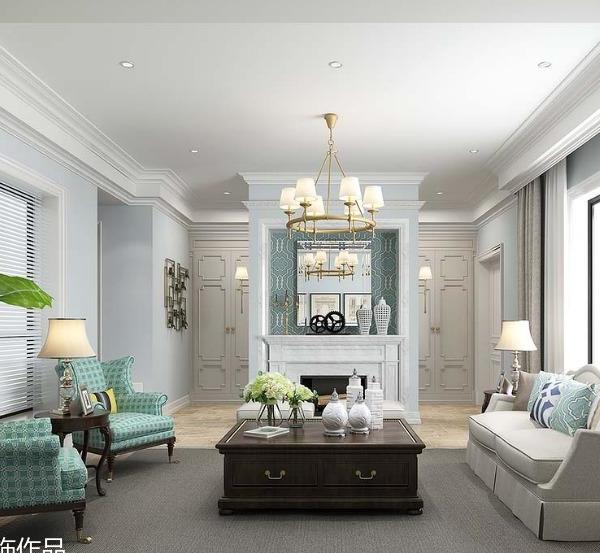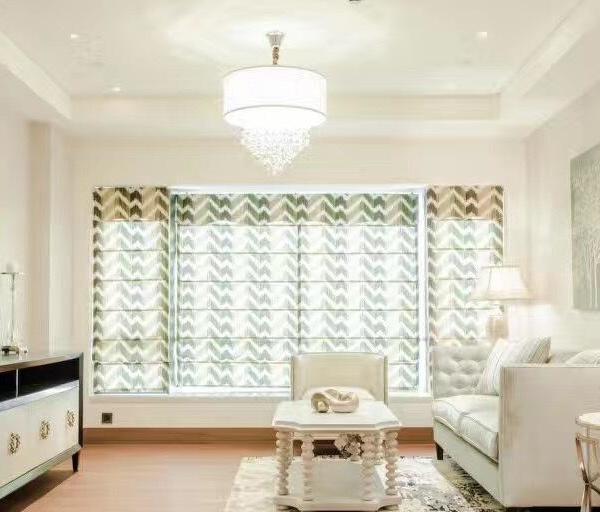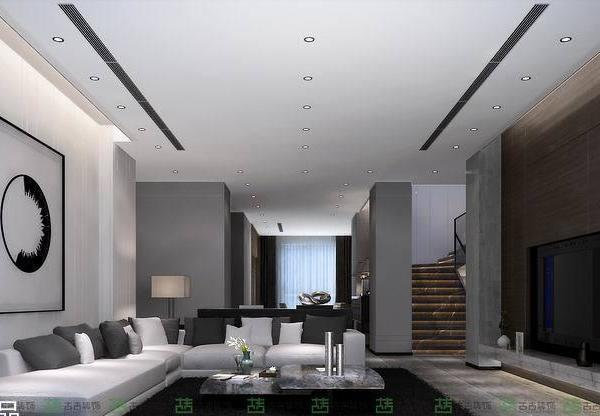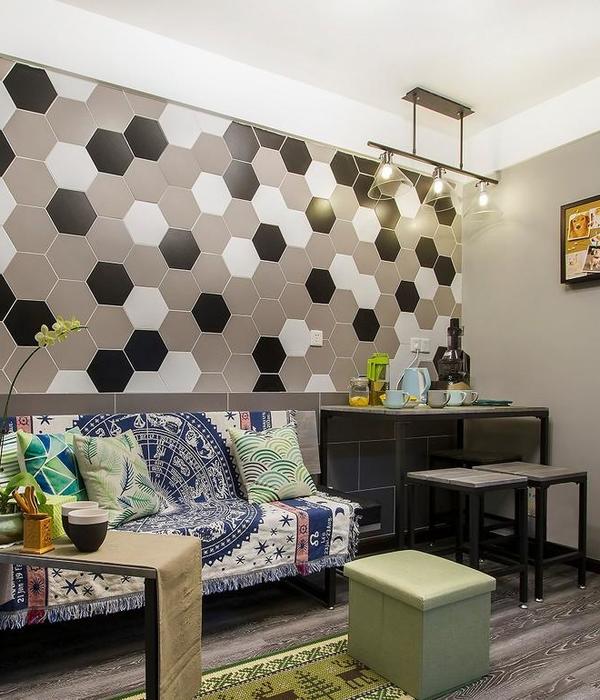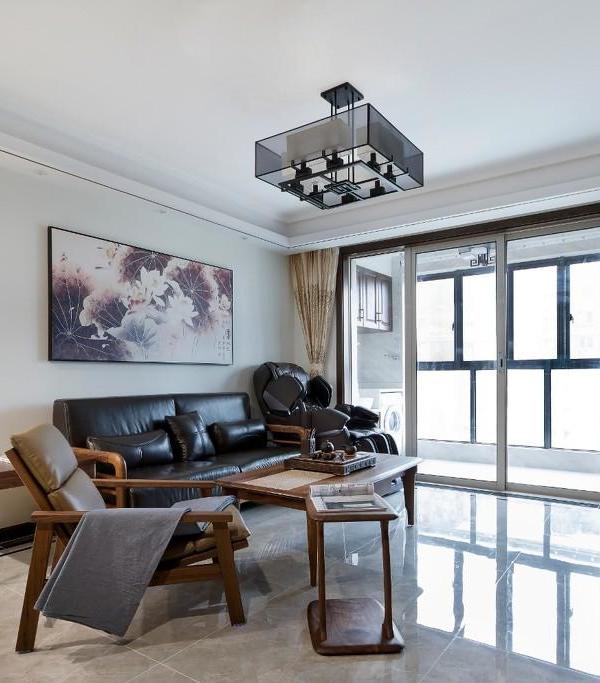ARCHITECTURE PHOTOGRAPHY
Sakakini palace
The area was named after the palace was built after the palace owner Habib Pasha Sakakini (Gabriel Habib Sakakini) (1841-1923), he was born in Damascus in Syria and arrived in Egypt at the age of 16-17 years to take a job at the fledgling Suez Canal Company in Port Said. Over the next four years, this Syrian worked for her for a paltry sum of 3-4 French francs a month. He moved to Cairo in the end. This was for economic development and not for health reasons, as was rumored. Legend says that Habib Sakakini attracted the interest of Khedive Ismail when he issued by shipping Camels are parcels of hungry cats to the rat-infested area in the Suez Canal. Within days, this rodent epidemic was resolved. Given his ability to quickly solve, innovation and initiative, the Khedive, using this Syrian noble, assigned him the arduous task of completing the construction of the Khedivial Opera. And he became working under the hands of the Italian architect Pietro Avoscani. Sakakini created a system of shifts that worked 3 periods in 8 hours for one period for the next 90 days. He succeeded, and the construction of the Opera House was completed just in time for the arrival and visit of European kings, to Egypt to attend the most luxurious ceremony for the opening of the Suez Canal on November 17, 1869. The Khedive was generous in an immeasurable way. From now on, construction and public works contracts could not fail because they were managed by and on the Sakakini manner. At the age of 39, Habib Sakakini received the Ottoman title 'Bek', and Sultan Abdul Hamid approved it in Constantinople. Two decades later, on March 12, 1901, Rome’s Leon XIII awarded Sakakini the papal title 'Count' in recognition of his services to his community. And who eventually became one of the wealthy contractors at that time, and he participated in a prominent role in the digging of the Suez Canal, and from the nickname given to him (Sakakini) it is said that he made his fortune before working in contracting from the trade of knives and weapons. The palace was built on a plot of land granted to him on the pool of land called Barakat Al-Sheikh Qamzihi Al-Zahir.
Al-Zahir district is one of the old Cairo neighborhoods, and this name came in reference to Al-Zahir Baybars, and it was inhabited in the past by Jews, and there are so far many synagogues in it. There are also many churches in it, in addition to the Zahir Baybars Mosque, which is one of the largest mosques in Egypt, which had an altar for the English, and Napoleon Bonaparte fought from it during the French campaign of the popular resistance in Husseinieh Street. On the other hand, Al-Zahir and Bab Al-Sharia are police stations
{{item.text_origin}}






